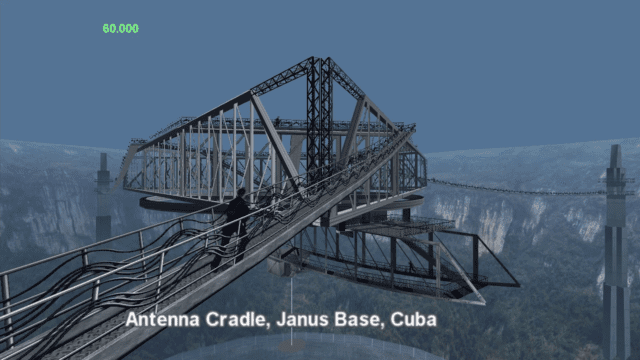The Arecibo telescope, used by SETI program to find extraterrestrial civilizations, suffered irreparable damage and will be deactivated.
Update (12/03/2020)
The 900 ton Arecibo telescope’s receiver, fell on the parabolic disk.
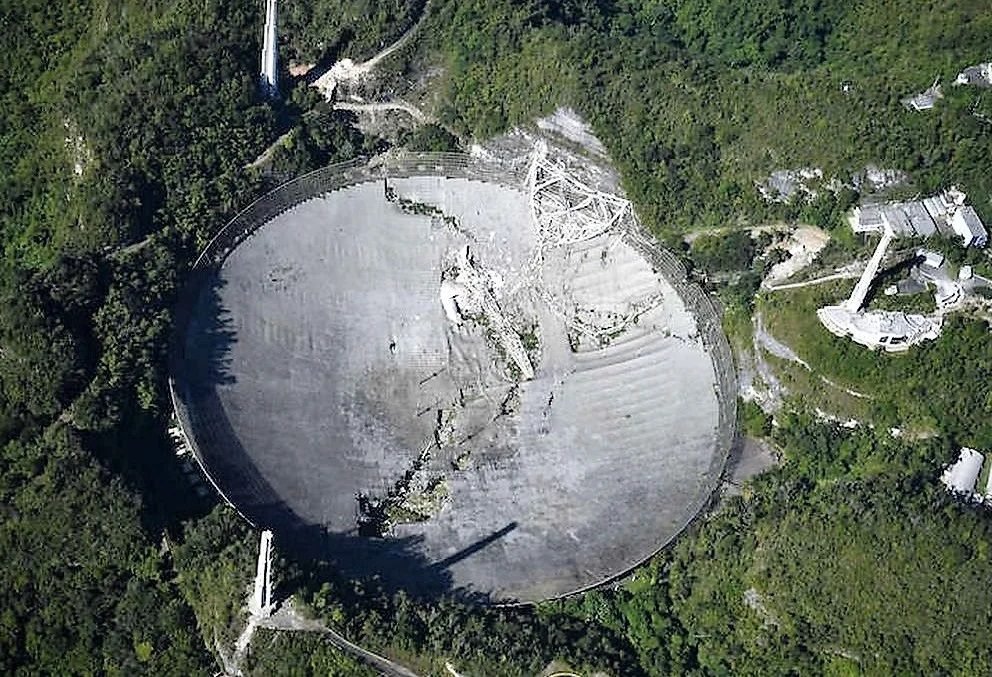
No injuries were reported. National Science Foundation (NSF) is working with stakeholders to assess the situation.
“Our top priority is maintaining safety. NSF will release more details when they are confirmed.
Engineers are on-site. Top priorities are maintaining safety at the site and assessing damage.”NSF Director Sethuraman Panchanathan, said:
“We are saddened by this situation but thankful that no one was hurt. When engineers advised NSF that the structure was unstable and presented a danger to work teams and Arecibo staff, we took their warnings seriously and continued to emphasize the importance of safety for everyone involved. Our focus is now on assessing the damage, finding ways to restore operations at other parts of the observatory, and working to continue supporting the scientific community, and the people of Puerto Rico.”
The news
Source: Nature
One of astronomy’s most renowned telescopes — the 305-metre-wide radio telescope at Arecibo, Puerto Rico — is closing permanently. Engineers cannot find a safe way to repair it after two cables supporting the structure broke suddenly and catastrophically, one in August and one in early November.
It is the end of one of the most iconic and scientifically productive telescopes in the history of astronomy — and scientists are mourning its loss.
The Arecibo telescope, which was built in 1963, was the world’s largest radio telescope for decades and has historical and modern importance in astronomy. It was the site from which astronomers sent an interstellar radio message in 1974, in the hope that any extraterrestrials might hear it, and where the first confirmed extrasolar planet was discovered, in 1992.
It has also done pioneering work in exploring many phenomena, including near-Earth asteroids and the puzzling celestial blasts known as fast radio bursts. All those lines of investigation have now been shut down for good, although limited science will continue at some smaller facilities on the Arecibo site.
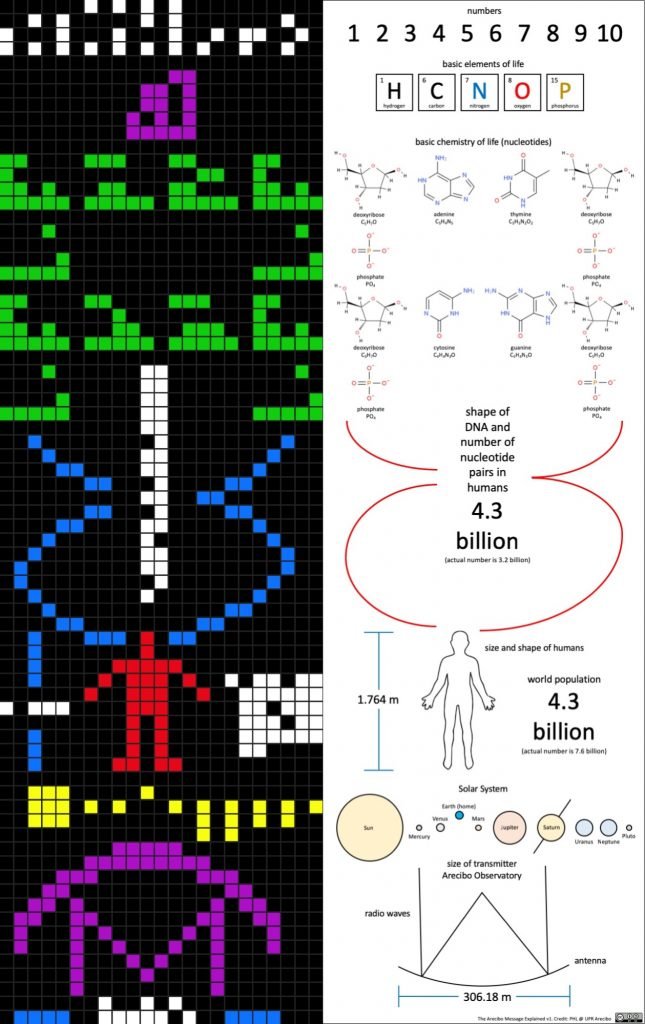
About the damage of Arecibo telescope
The cables that broke helped to support a 900-tonne platform of scientific instruments, which hangs above the main telescope dish. The first cable slipped out of its socket and smashed panels at the edge of the dish, but the second broke in half and tore huge gashes in a central portion of the dish.
A high-resolution satellite image, produced at Nature’s request by Planet, an Earth-observation company based in San Francisco, California, shows the extent of the damage wrought by the second cable: the green of the vegetation below shows through large holes in the dish. A second photograph, released this week by observatory officials, also reveals the destruction. These are some of the only public glimpses of the damage so far.
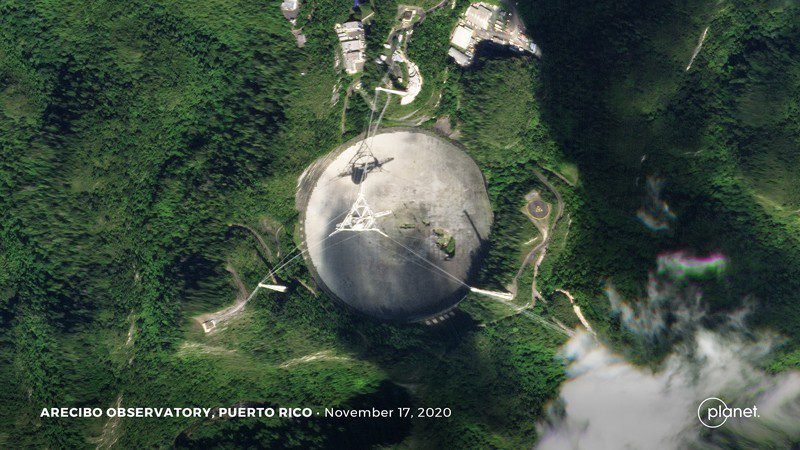
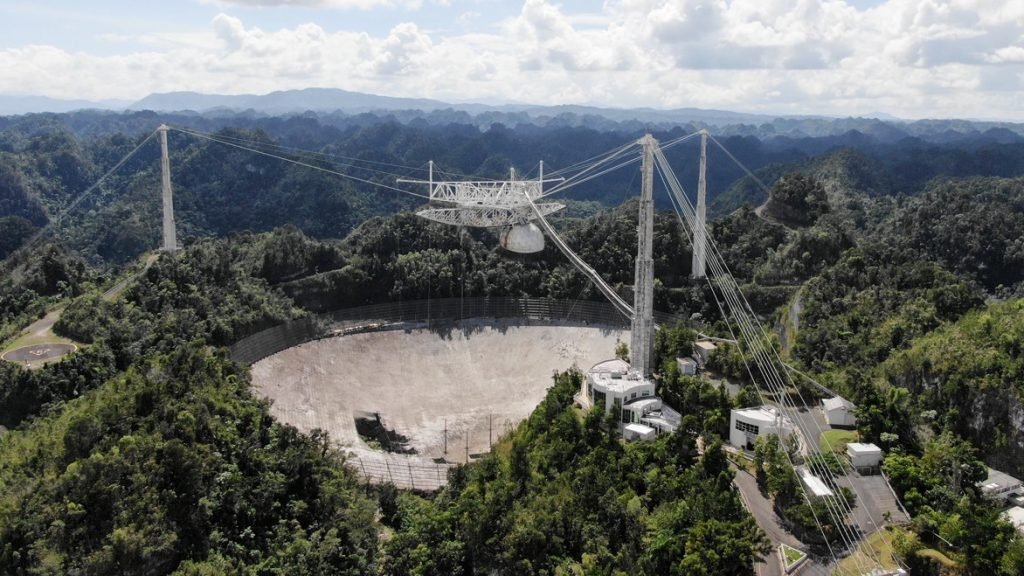
If any more cables fail — which could happen at any time — the entire platform could crash into the dish below. The US National Science Foundation (NSF), which owns the Arecibo Observatory, is working on plans to lower the platform in a safe, controlled fashion.
But those plans will take weeks to develop, and there’s no telling whether the platform might crash down uncontrollably in the meantime. “Even attempts at stabilization or at testing the cables could result in accelerating the catastrophic failure,” said Ralph Gaume, director of the NSF’s astronomy division, at a 19 November media briefing.
So the NSF decided to close the Arecibo dish permanently. “This decision is not an easy one to make, but safety is the number-one priority,” said Sean Jones, head of the NSF’s mathematical and physical sciences directorate.
And now?
Some of the observatory’s scientific projects could be transferred to other facilities, Gaume said — and he expects scientists to propose where to move their research. Much of the work conducted at Arecibo, however, could be done only with its unique array of astronomical instrumentation. “The Arecibo Telescope is irreplaceable,” said a statement from two major US radio-astronomy organizations, the National Radio Astronomy Observatory in Charlottesville, Virginia, and the Green Bank Observatory in West Virginia.
Small amounts of science will continue at other portions of the Arecibo observatory, which encompasses more than the 305-metre dish. For instance, two lidar facilities shoot lasers into the atmosphere to study atmospheric phenomena.
The Arecibo telescope appeared in the final part of the movie 007 GoldenEye.
